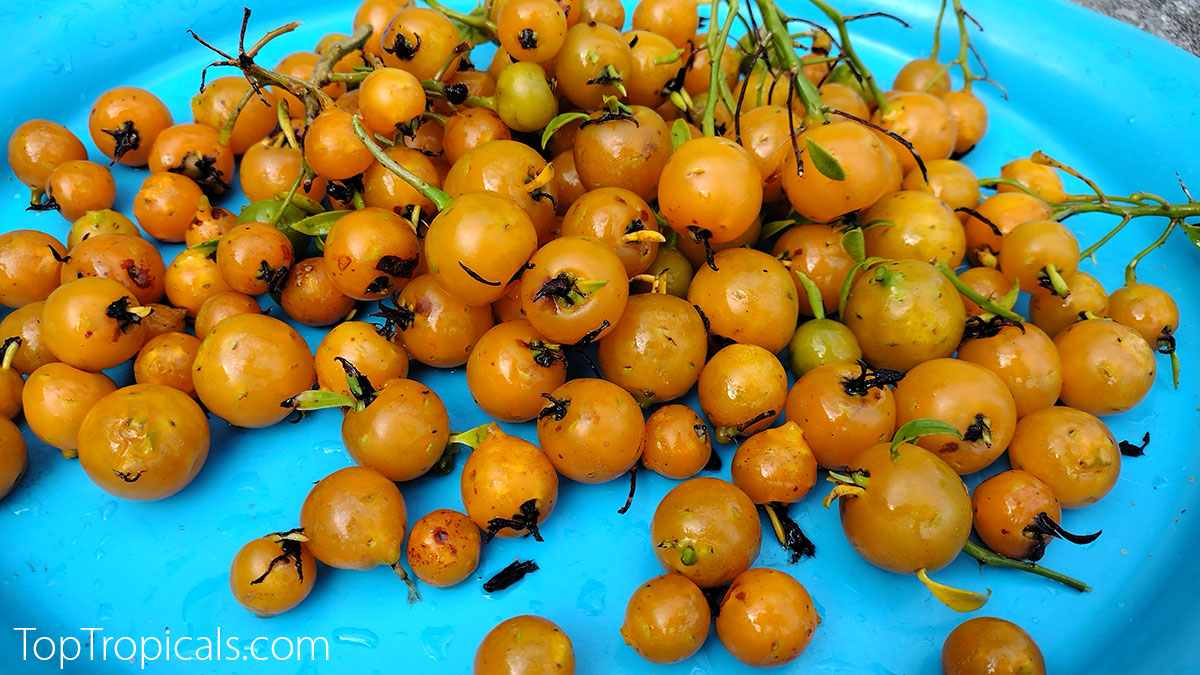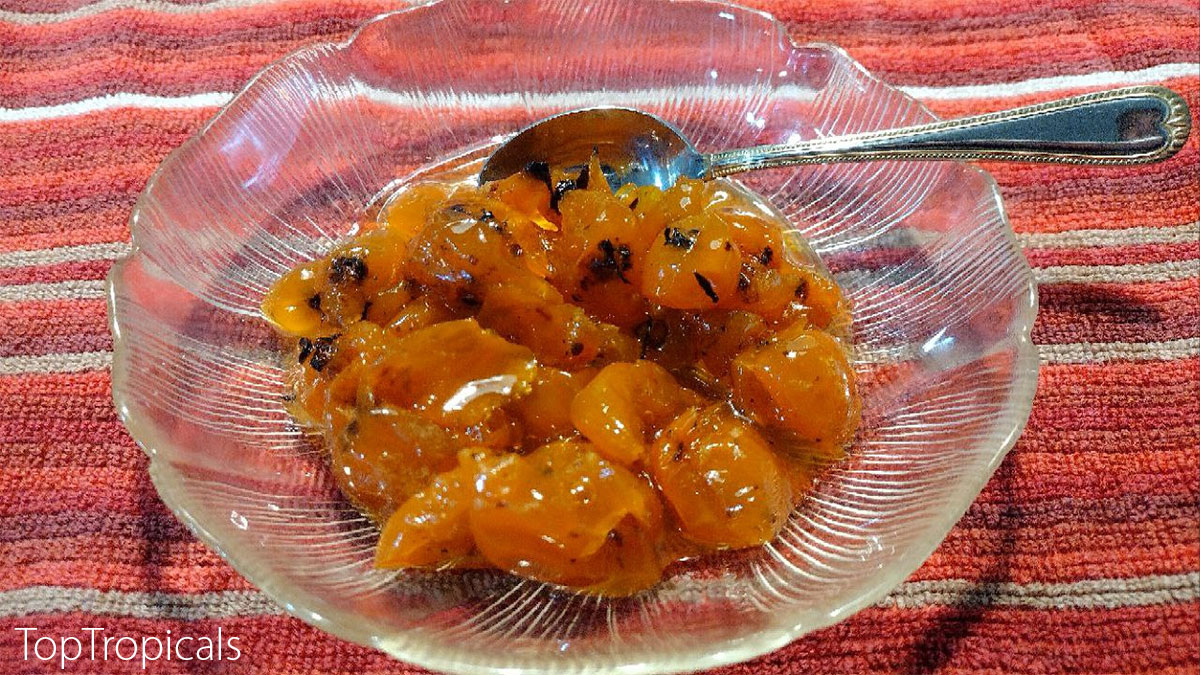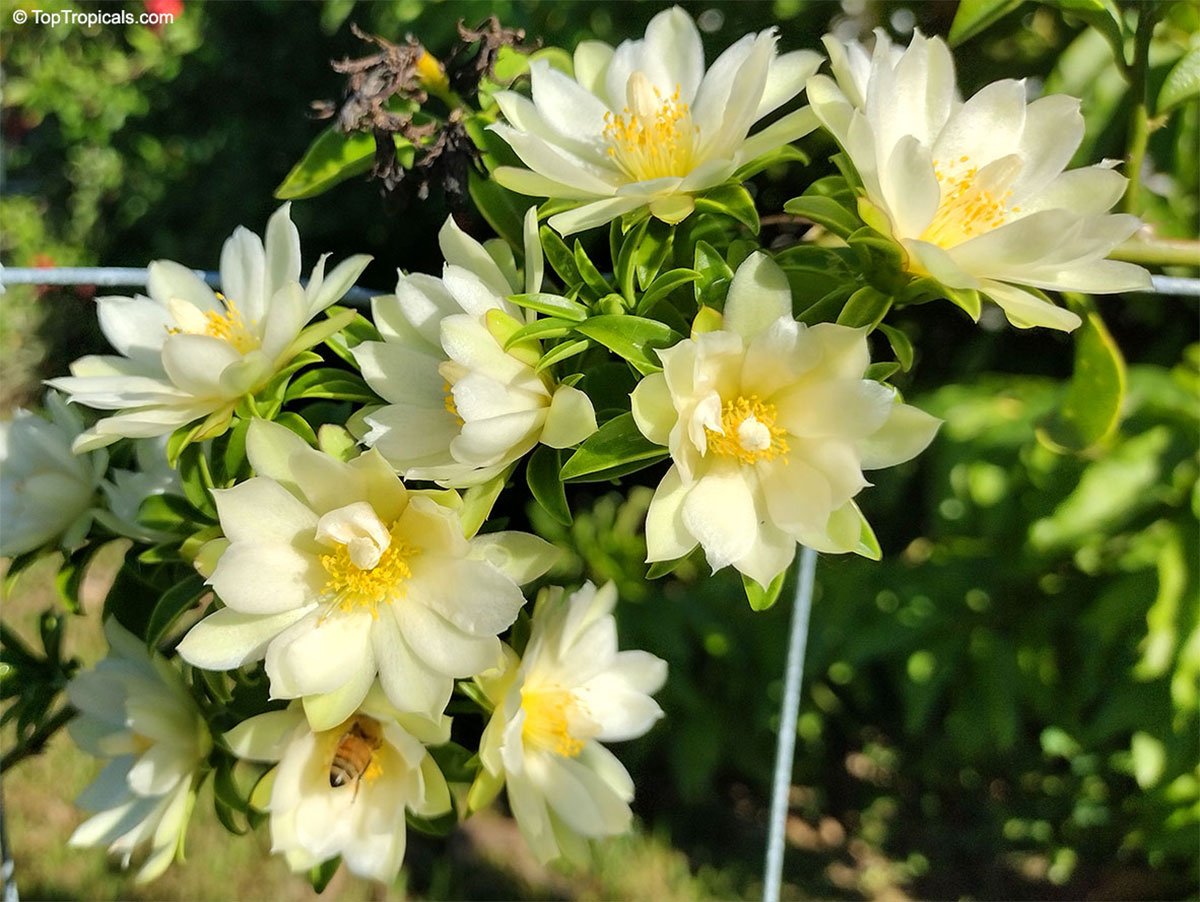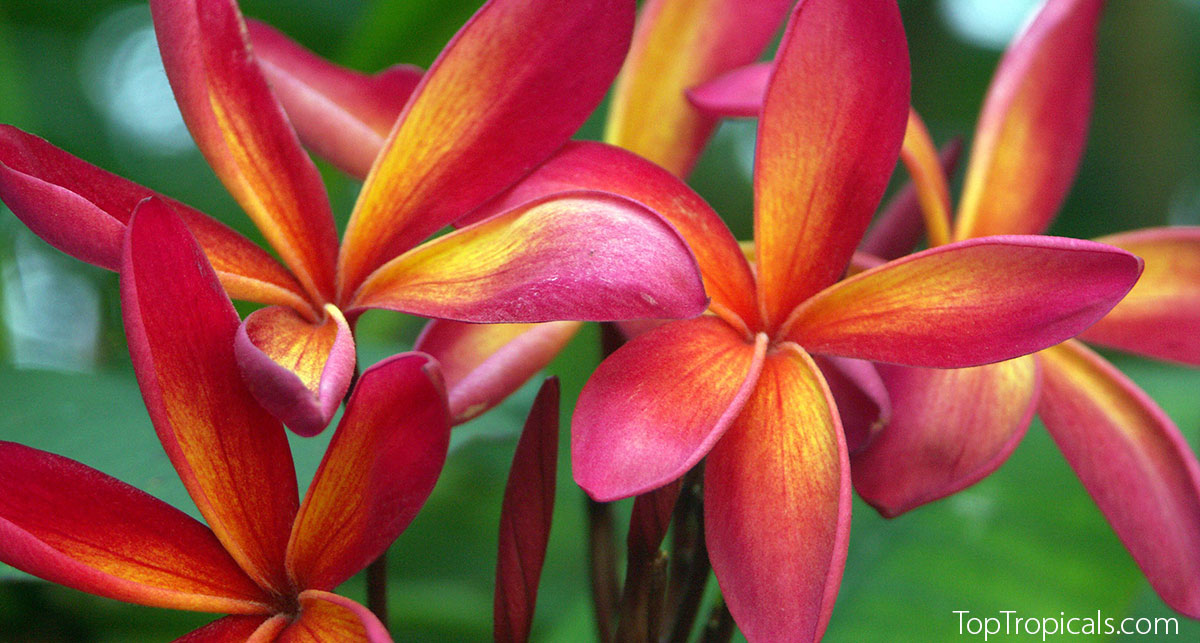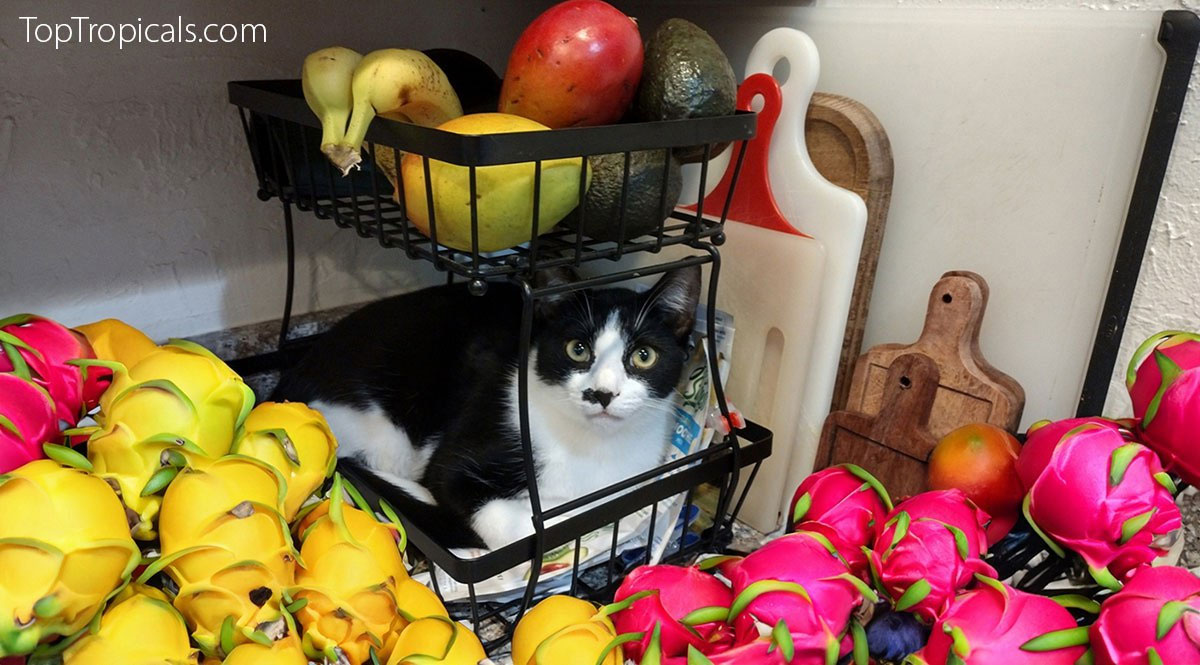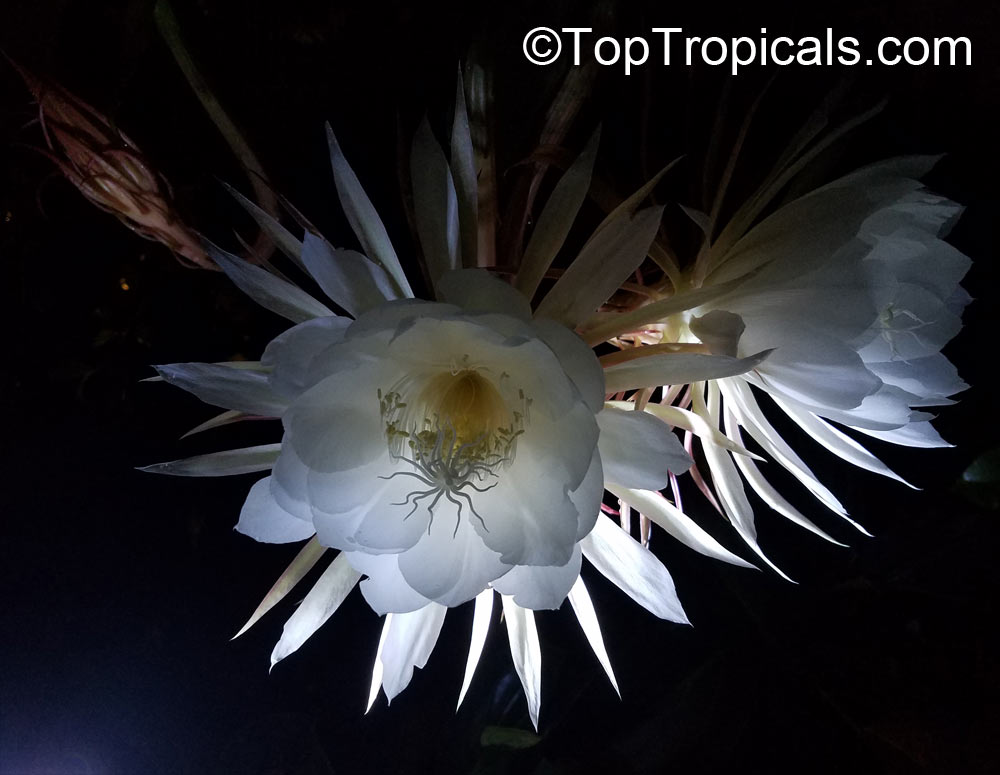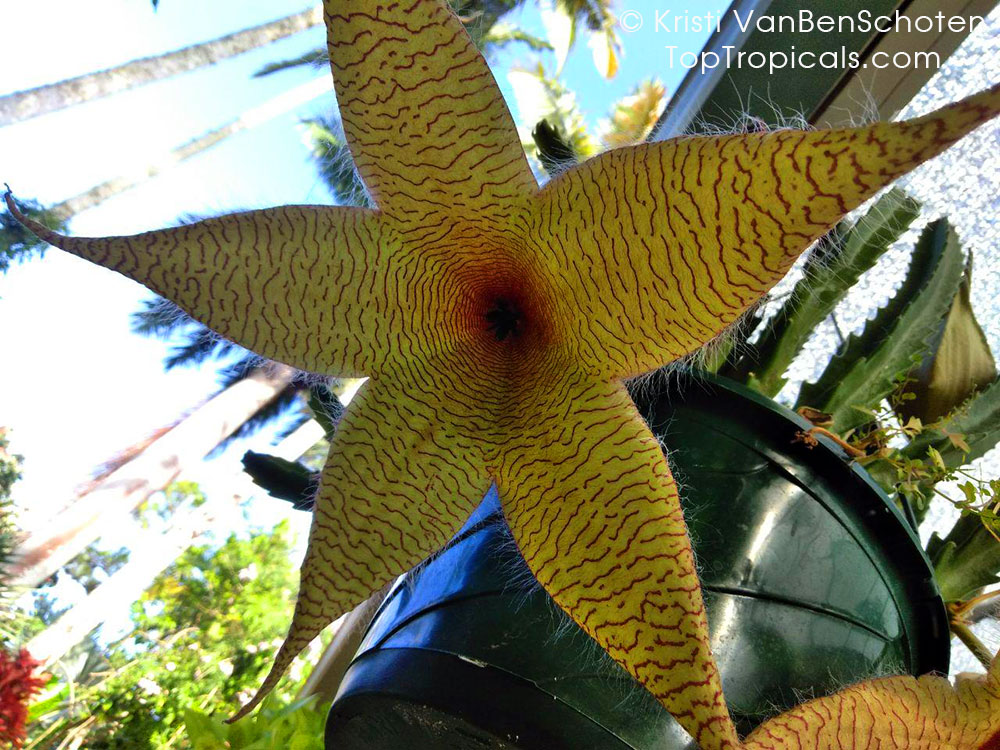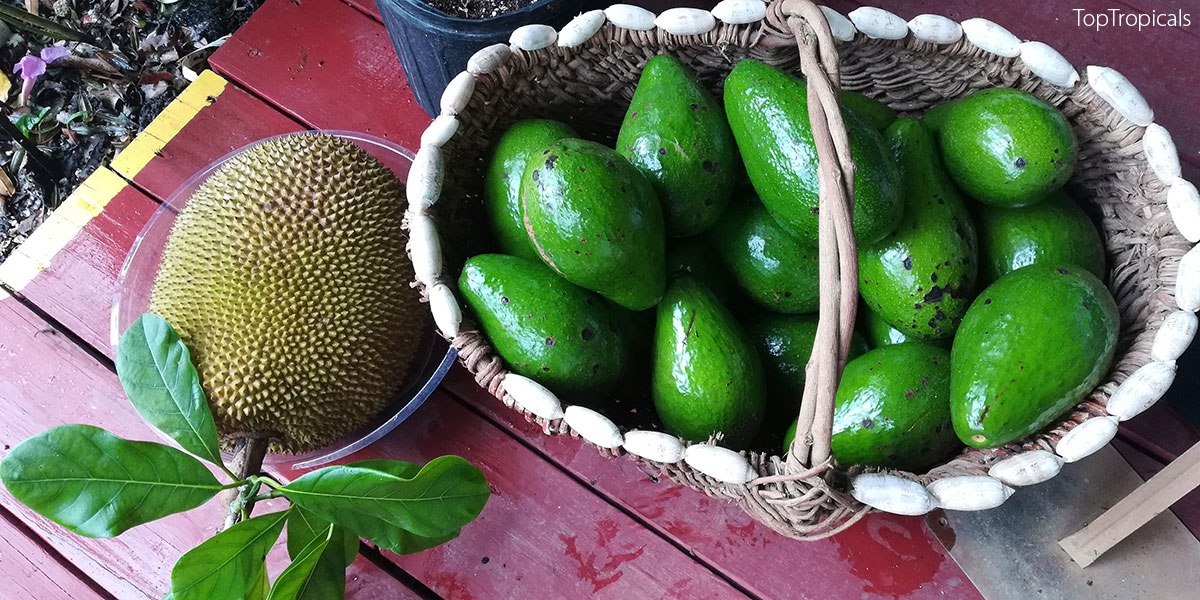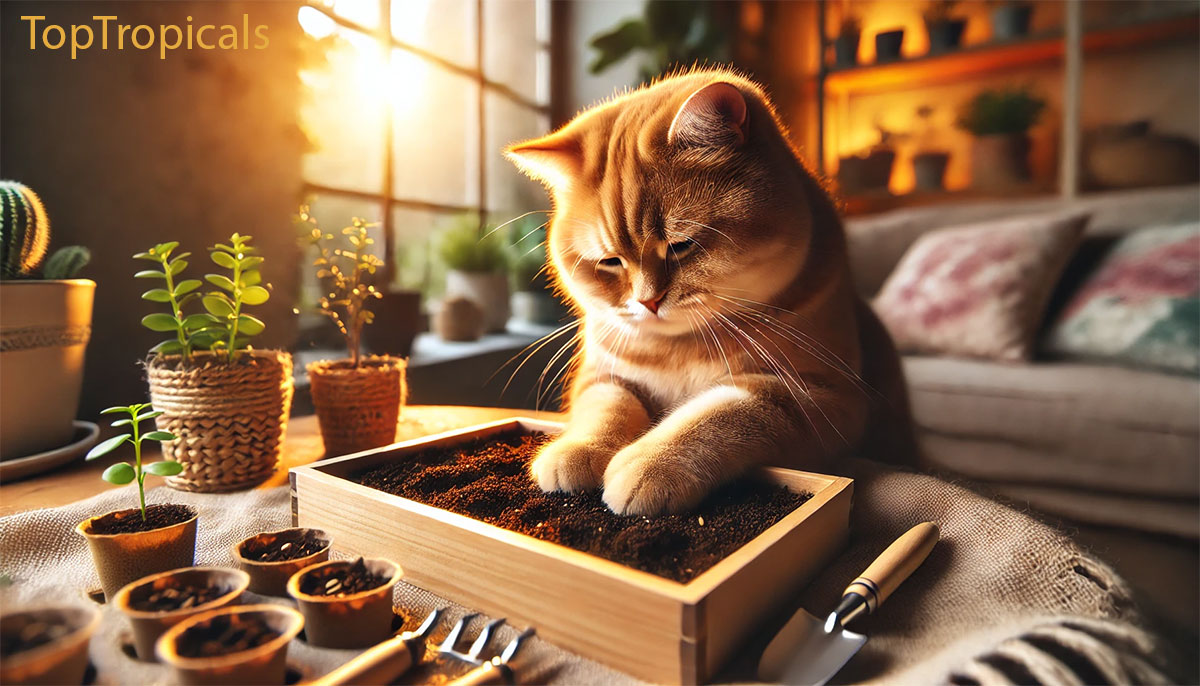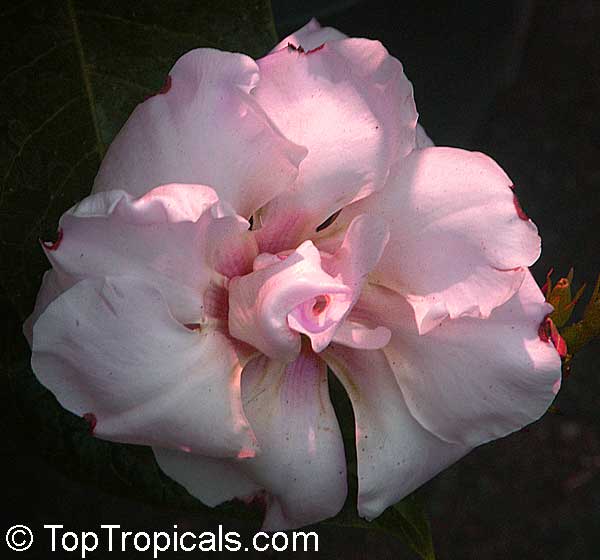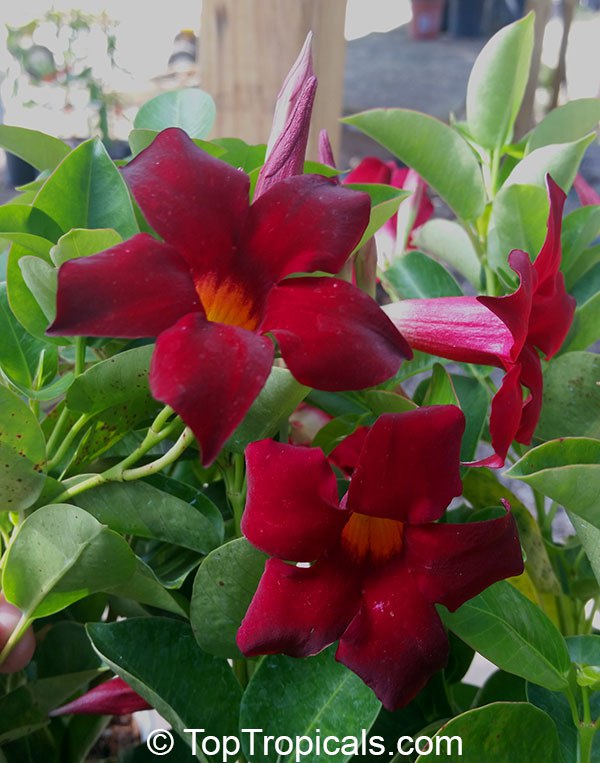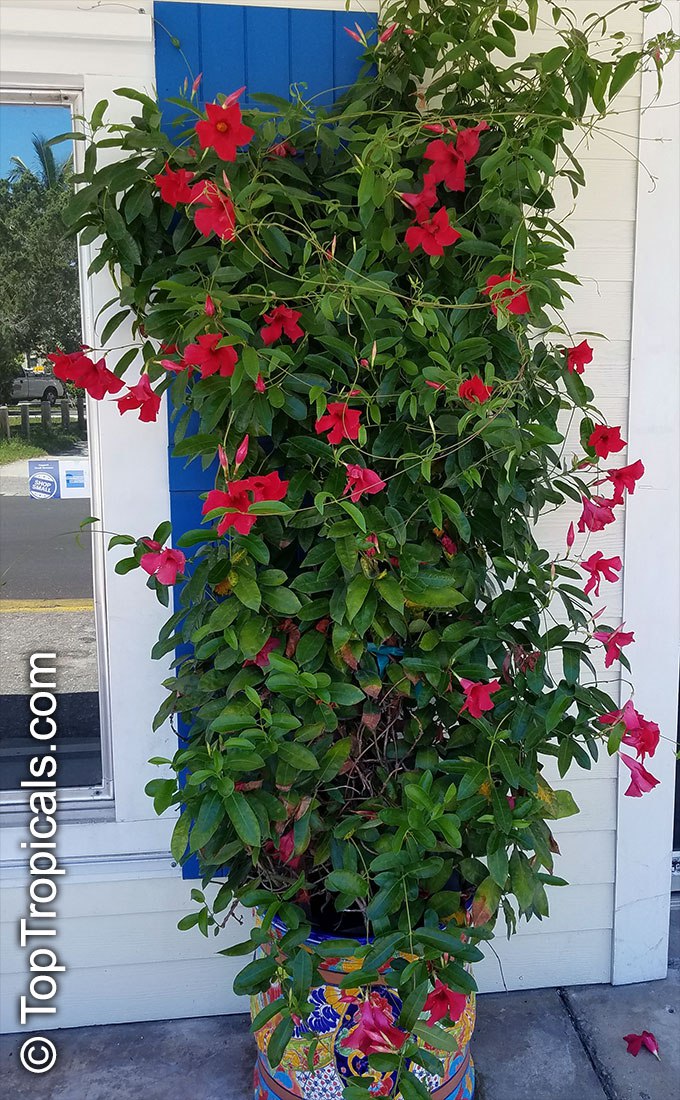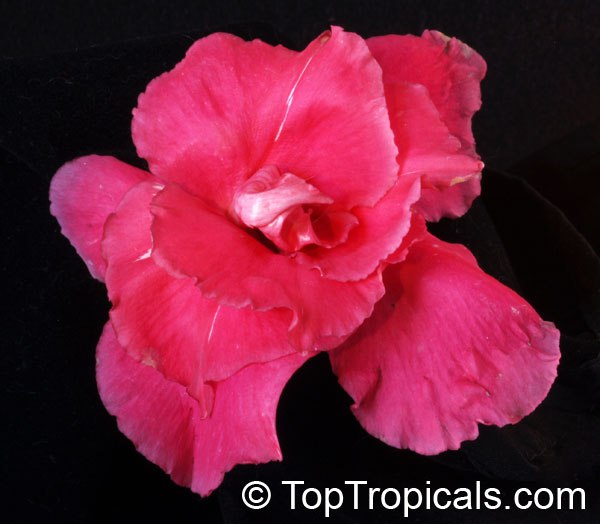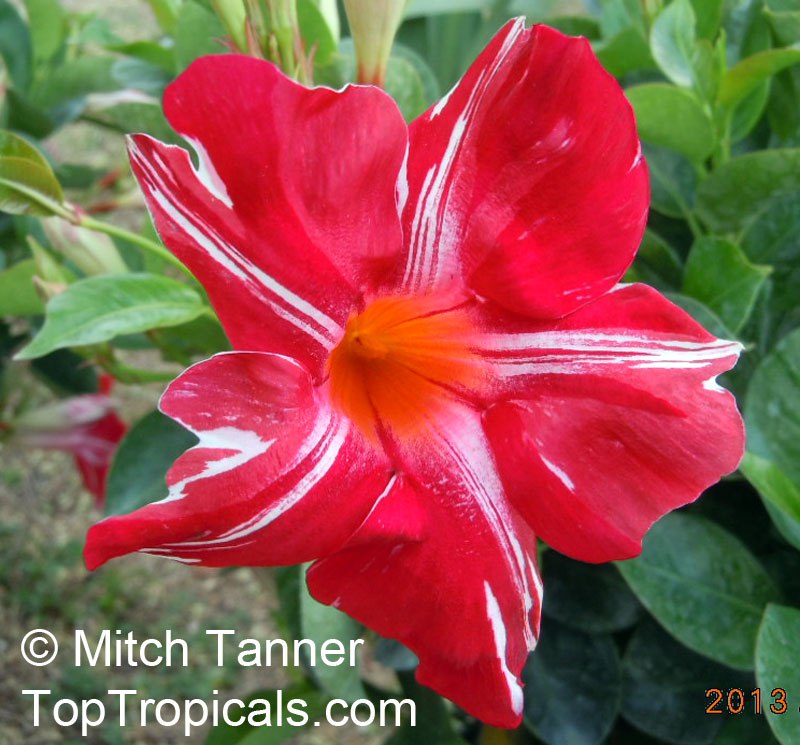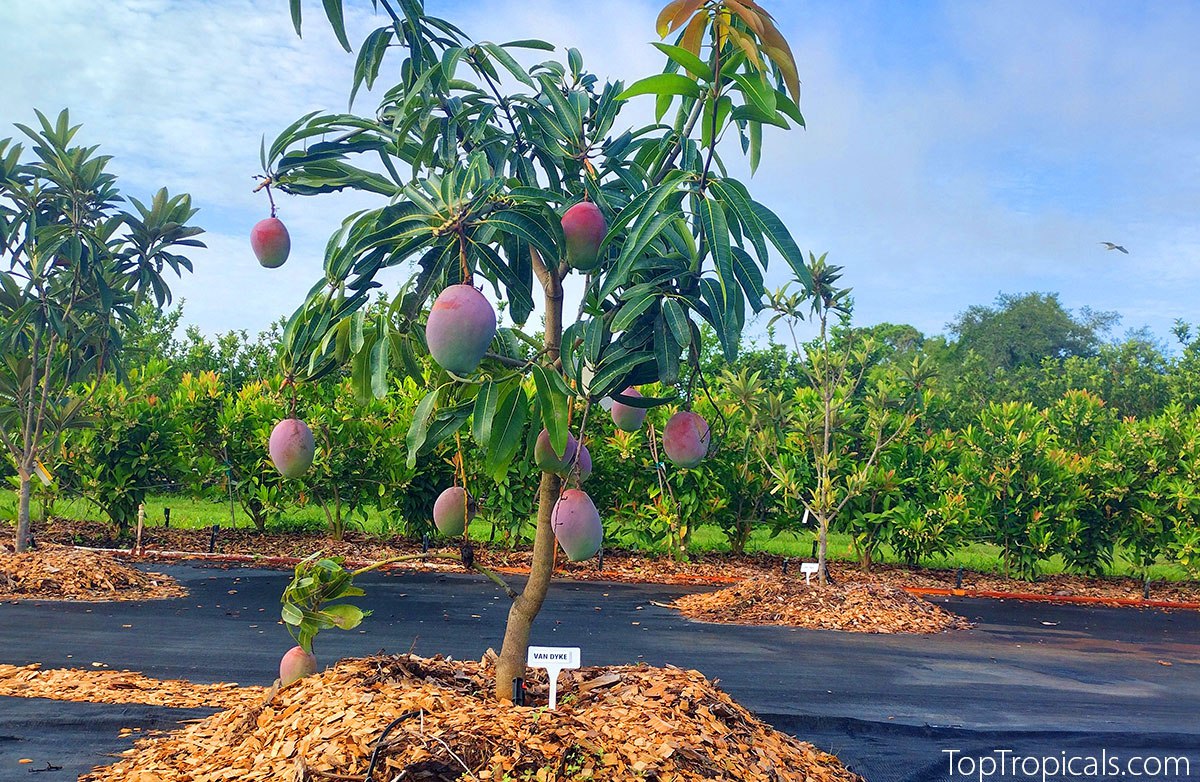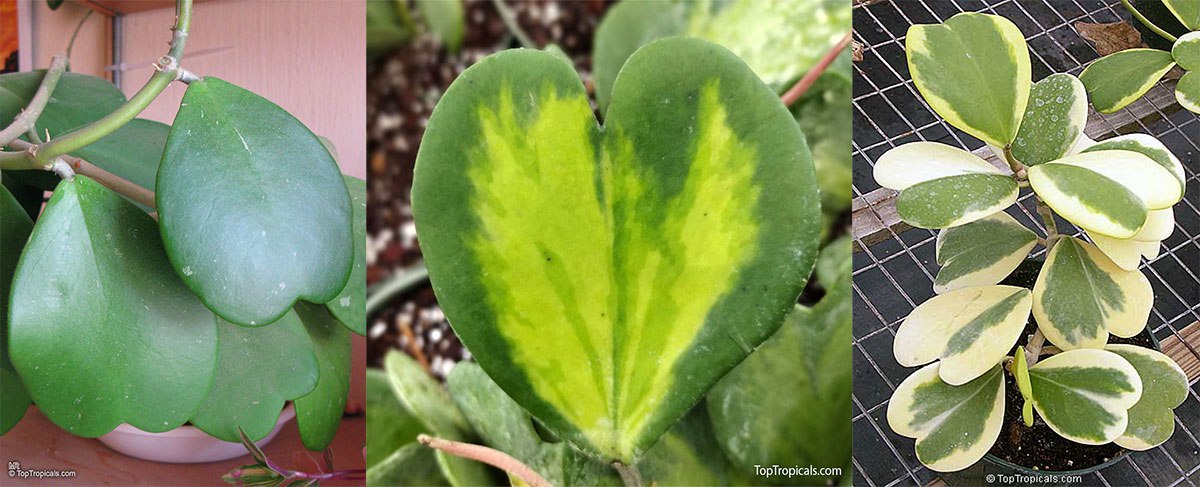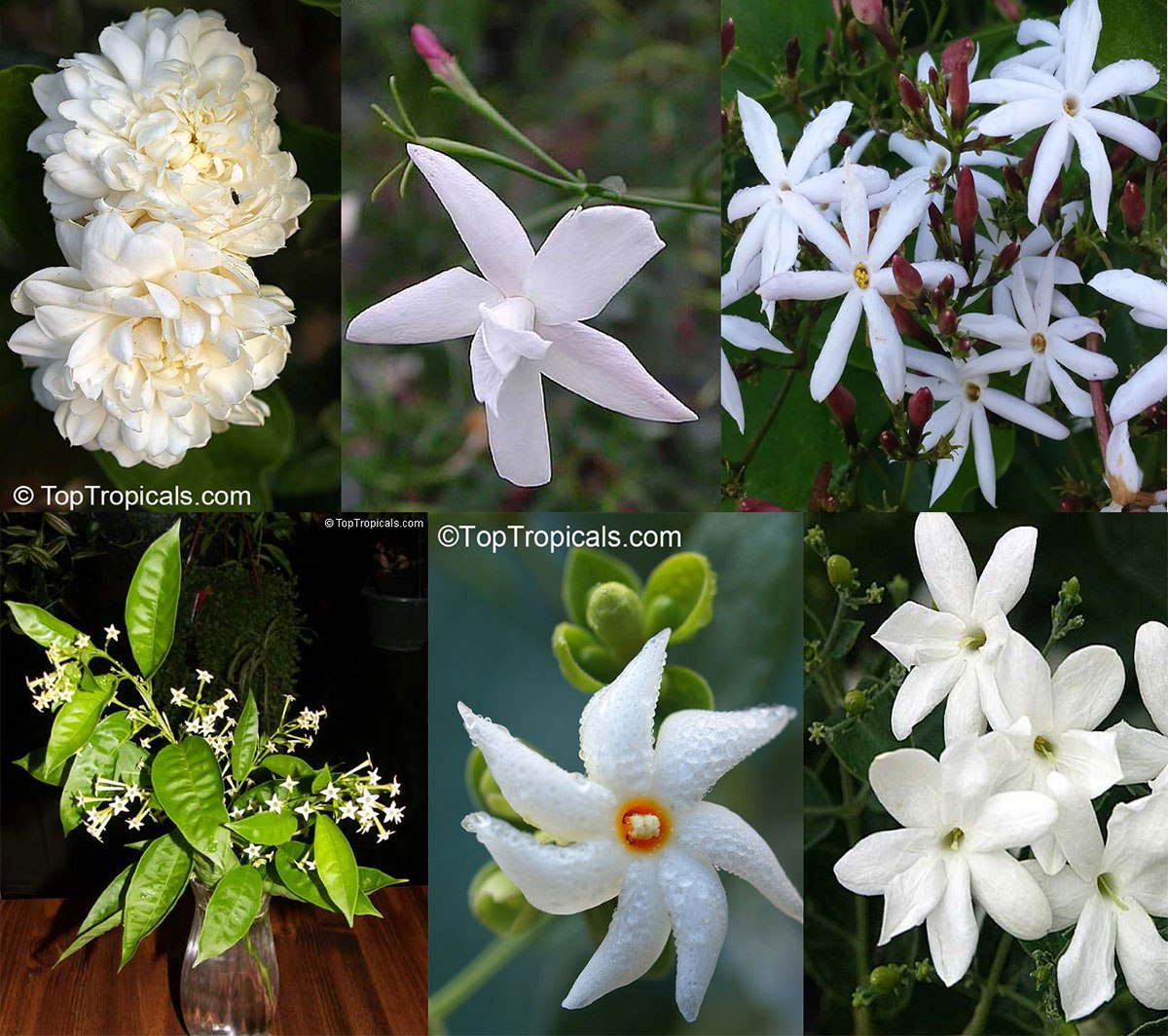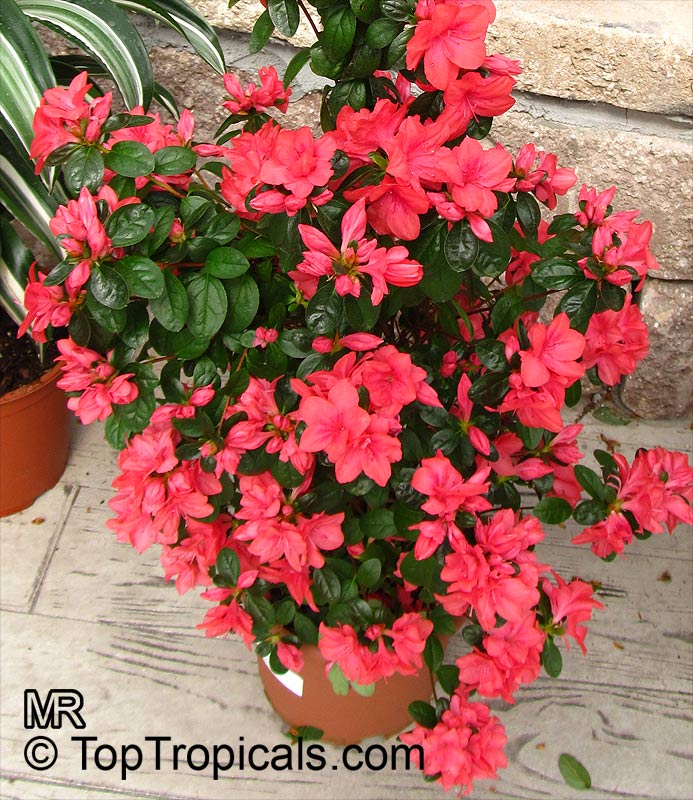A: Many tropical plants grow quickly from seed
and can mature within the same year, rewarding you with flowers or even fruit.
Some of these tropical perennials can even be grown as annuals in cooler
climates! The key is to start them early indoors, then transplant them outdoors
as soon as warm weather arrives. With just a little planning, you can enjoy
vibrant blooms and a harvest in just weeks or a few months. Below are some of
the fastest-growing tropicals to try for a lush, same-year garden.
1. Pigeon Pea
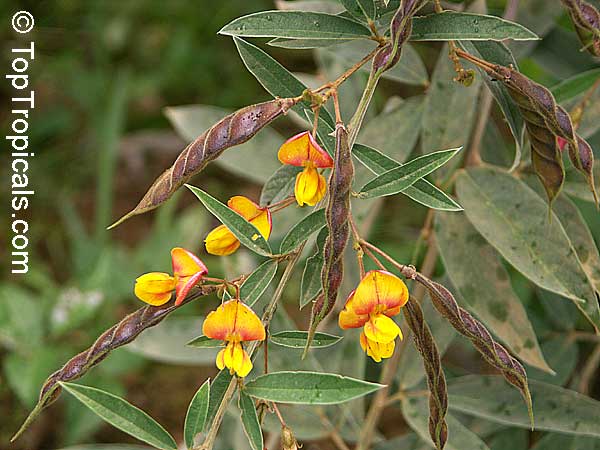
Cajanus cajan
Bicolor Fuerte - Pigeon Pea - is an ancient superfood cultivated for over
4,800 years, with roots in India and Ancient Egypt. This hardy,
drought-tolerant perennial shrub produces nutritious, protein-rich beans used in rice
dishes, soups, and even tofu. Easy to grow, it thrives in poor soils, improves soil
quality, and offers medicinal benefits, making it a valuable plant for both
gardens and kitchens. Seed to crop in just one season!
2. Lipstick Tree - Annatto
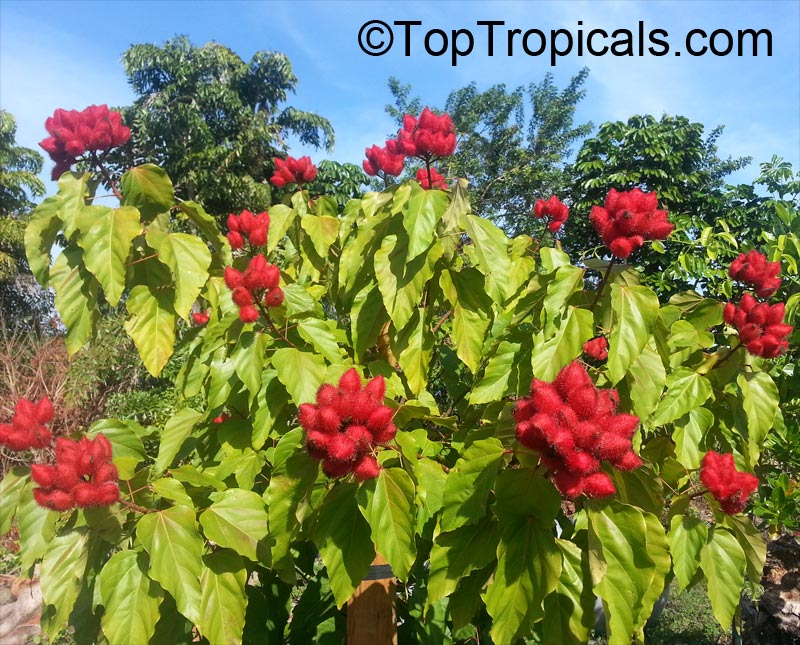
Bixa orellana
- The Lipstick Tree, native to South America, is a striking shrub with large
leaves, pink flowers, and vibrant red seeds. Its seeds produce Annatto, a
natural pigment used in cosmetics, especially lipstick, as well as in culinary
applications for its color and mild, peppery flavor. Beyond its beauty and
versatility, annatto offers antioxidant and anti-inflammatory benefits, while
the plant itself makes an excellent hedge or ornamental feature.
3. Mexican Bird of Paradise
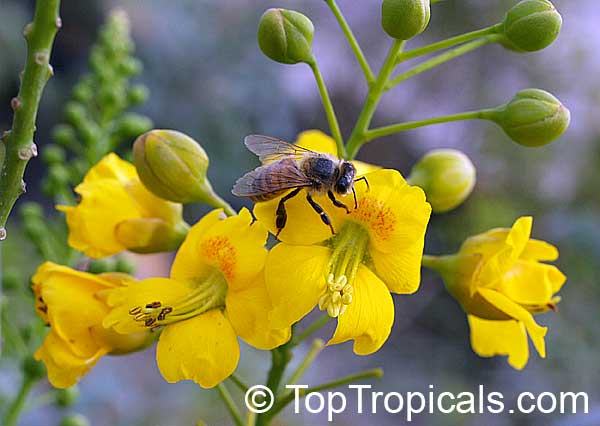
Caesalpinia
mexicana - Mexican Bird of Paradise - is a rare gem among tropical shrubs,
offering fragrant butter-yellow blooms that stand out against its feathery green
foliage. A heat-loving, drought-tolerant plant, it attracts hummingbirds and
can be grown as a compact shrub or small tree. Native to northern Mexico, it
thrives in full sun with minimal water, making it a low-maintenance yet
striking addition to any garden or patio.
4. Tree Calliandra
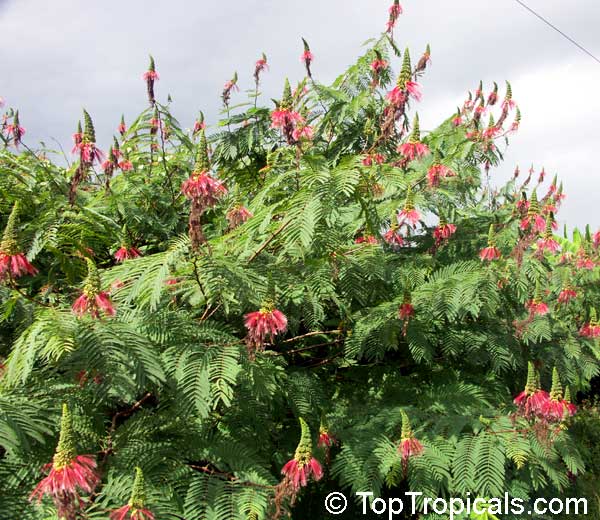
Calliandra
houstoniana - Tree Calliandra is the only tree-form Powderpuff, growing into a
lush, bushy tree in just one season. Its fluffy pink blooms appear
year-round, drawing in hummingbirds and butterflies for a nonstop display of color and
life. Super fast-growing and beautiful, it's a must-have for
wildlife-friendly gardens!
5. Butterfly Pea - Clitoria
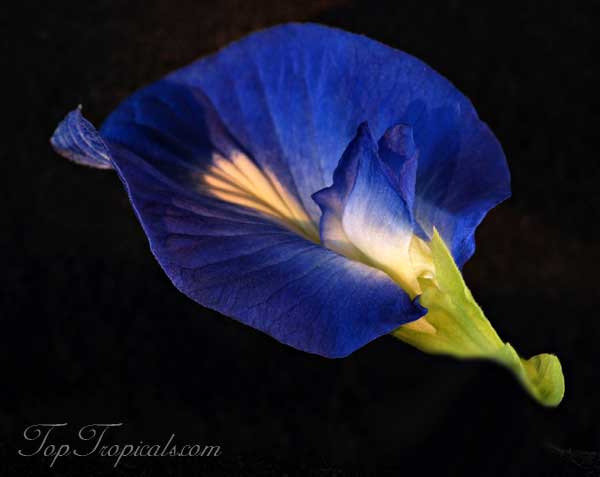
Clitoria
ternatea - Butterfly Pea - is a stunning vine with vibrant blue, white, or purple
flowers that captivate both gardeners and pollinators. Beyond its beauty,
it's prized for its herbal benefits, with its flowers used in teas for stress
relief and cognitive support. The famous Blue Tea, a caffeine-free infusion,
turns purple with a splash of lemon, making it both a visual delight and a
health-boosting drink. Fast-growing and easy to manage, this delicate yet
vigorous vine is perfect for fences, trellises, and containers. Seed to crop in
just one season!
6. Cas Guava
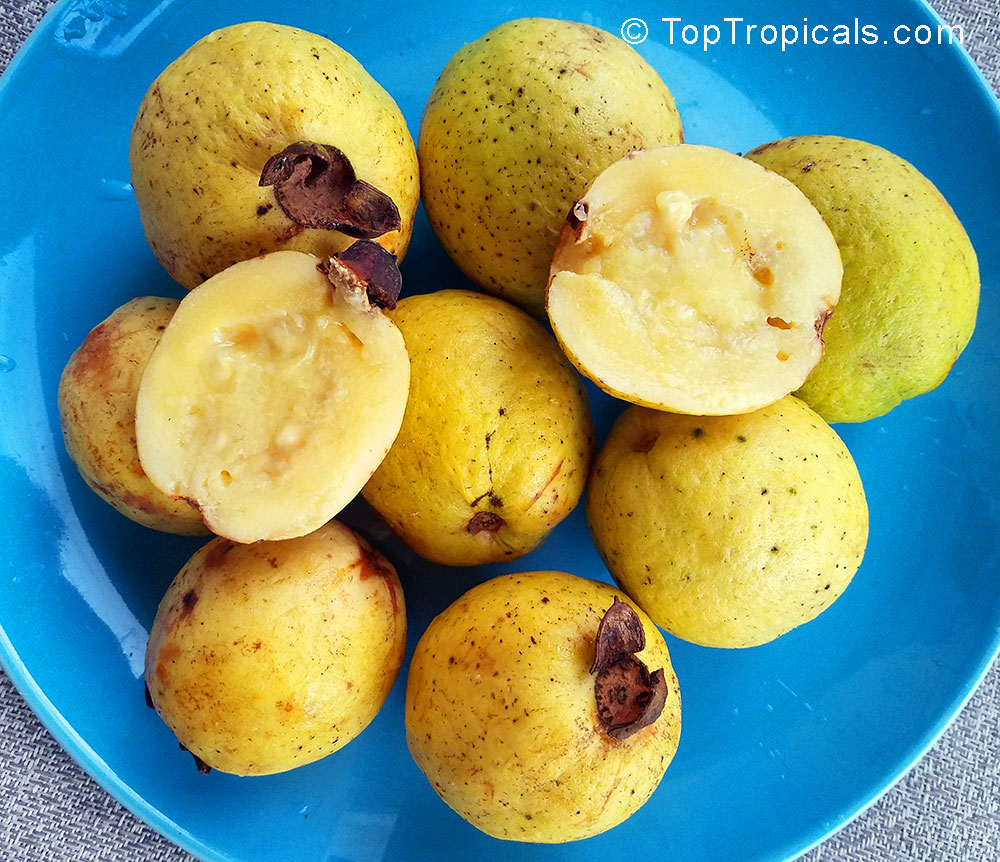
Psidium
friedrichsthalianum - Costa Rican Guava, or Cas Guava, is a super sour fruit with
four times more vitamin C than a lemon, making it a powerhouse for immune
support. Popular in Costa Rica's "Agua de Cas", its tangy juice is perfect for
refreshing drinks. Hardy and resilient, this low-maintenance tree thrives in
poor soils while resisting pests and diseases. This is the fastest growing and
the most productive guava tree with 2-3 crops per year! From seed to crop: 3
years.
7. Agua de Flor de Jamaica - Karkade Tea
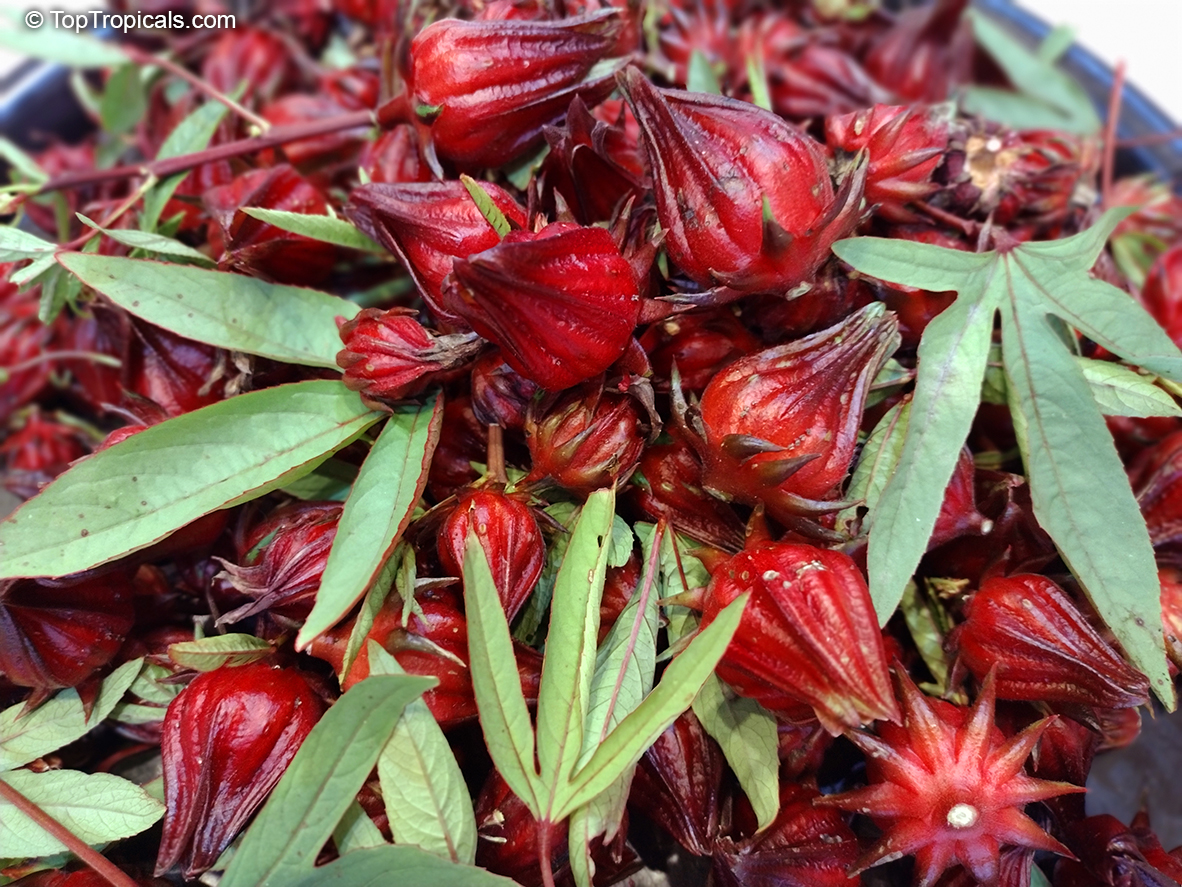
The most health-beneficial hibiscus is Hibiscus sabdariffa (Roselle), known for its deep red calyces used in
Agua de Flor de Jamaica and Karkade Tea. This tart, refreshing tea is packed
with antioxidants and supports heart health, digestion, and immune function. A
fast-growing plant, it goes from seed to a lush, flower-filled bush in just
one season! From seed to crop: in just 3 months!
8. Dwarf Papaya TR Hovey
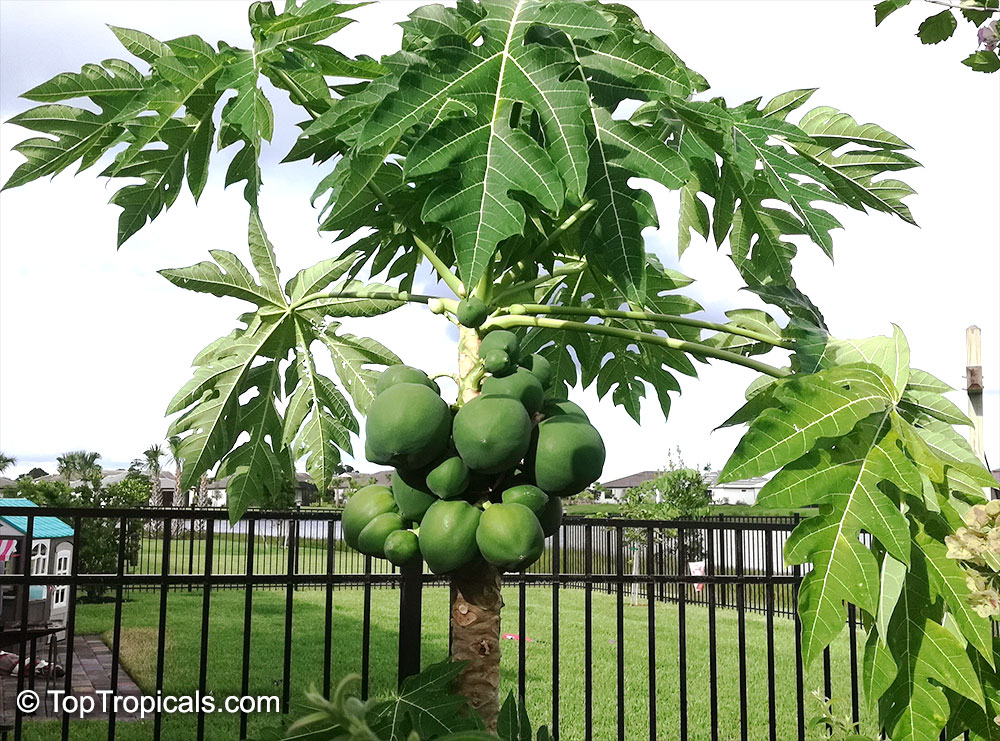
Papaya Dwarf TR
Hovey, Carica papaya - is a dwarf marvel, reaching only 4-5 feet tall
while producing giant, melon-sized sweet papayas! This compact variety is perfect
for small gardens and container growing, offering big fruit on a tiny tree -
a true space-saving tropical treasure! Only 2 years from seed to fruit.
